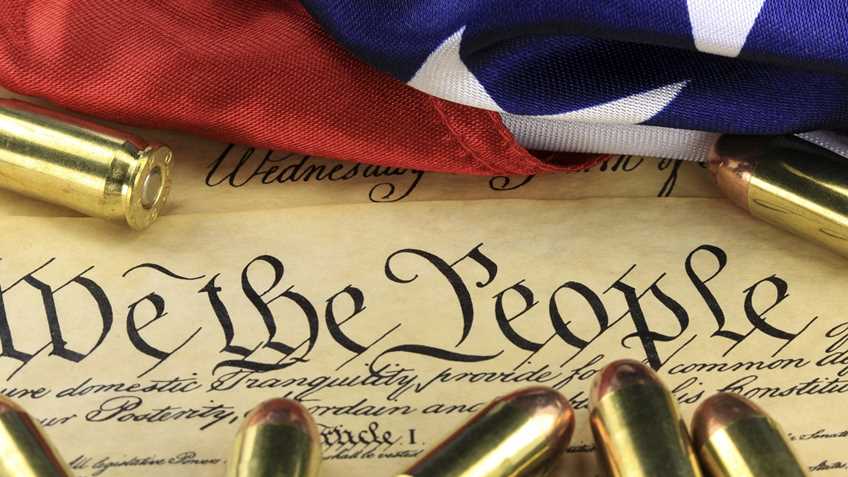

The Second Amendment protects the right of the people to keep and bear arms for defense of life and liberty.
In U.S. v. Cruikshank (1876), Presser v. Illinois (1886), Miller v. Texas (1894) and U.S. v. Miller (1939), the Supreme Court recognized that the amendment protects an individual right. It has never taken a different view. However, in Salina v. Blaksley (1905), the Kansas Supreme Court invented the idea that the amendment instead protected a “right” of a person to keep and bear arms only while serving in a state militia, and in U.S. v. Tot (1942), the U.S. Court of Appeals for the Third Circuit advanced the idea that the amendment protects the “right” of a state to have a militia.
In District of Columbia v. Heller (2008), the Supreme Court heard its first case specifically centered on whether the amendment protects an individual right to arms. Gun control supporters advanced essentially the "Salina" argument, but the Court, consistent with its previous rulings in Second Amendment-related cases, ruled that the amendment protects an individual right to keep arms and to bear arms "in case of confrontation," without regard to a person’s relationship to a militia.
In McDonald v. Chicago (2010), the court extended the Second Amendment's protection nationwide.